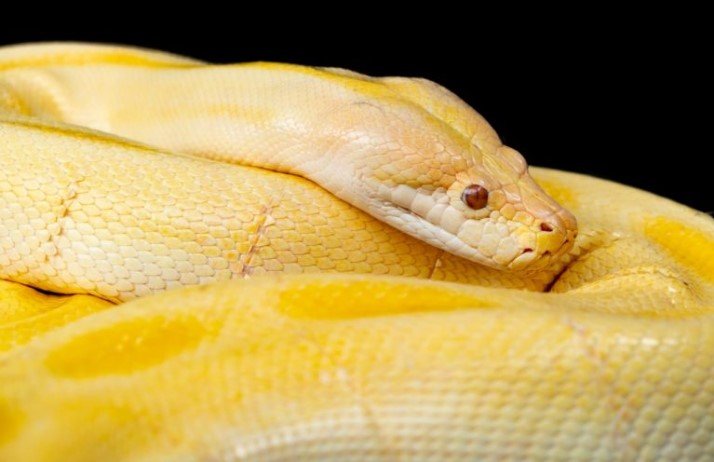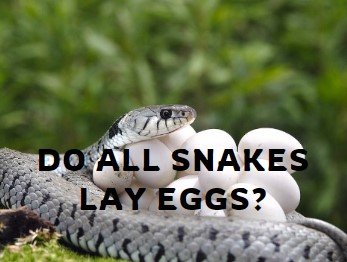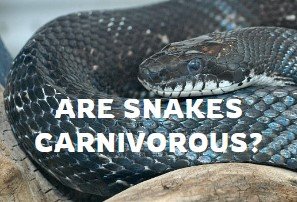Cracking the Code: Understanding Snake Eggs, Breeding Seasons, and Hatching Habits
Introduction:
The world of snakes is veiled in mystery, and their reproductive processes add another layer of intrigue. Snake eggs, often concealed in hidden nests, hold the promise of new life and contribute to the cycle of these remarkable reptiles.
Let’s unravel the secrets of what snake eggs look like, explore their breeding seasons, habits, and discover the mesmerizing journey from egg to hatchling.

1. Snake Egg Characteristics:
Snake eggs vary in appearance depending on the species, but they generally share common features. They are elongated, leathery, and possess a flexible shell, distinguishing them from the hard-shelled eggs of birds. The color and size can differ, ranging from creamy whites to earthy browns.
2. Breeding Seasons:
Snake breeding seasons are influenced by factors such as climate, temperature, and prey availability. Many snakes engage in courtship rituals during spring or early summer, with males competing for the attention of females. However, specific breeding times can vary based on the species and geographical location.
3. Mating and Egg Laying:
After successful mating, female snakes embark on the task of finding a suitable location to lay their eggs. Some species choose warm, secluded spots while others opt for rotting vegetation or underground burrows. The process is meticulous, ensuring the eggs are protected and receive adequate warmth for development.
4. Incubation Period:
Unlike birds, snakes do not incubate their eggs actively. The surrounding environment plays a crucial role in the incubation process. The temperature at which the eggs are kept influences the duration of incubation, which can range from a few weeks to several months.
5. Hatching Habits:
Once the incubation period concludes, snake eggs hatch, giving rise to a new generation. Hatchlings emerge equipped with the instinct to fend for themselves. The timing of hatching is often synchronized with favorable environmental conditions, ensuring the young snakes have the best chance of survival.
6. Maternal Care:
While most snakes are known for their lack of parental care, a few species exhibit maternal instincts. Some venomous snakes, like pit vipers, guard their nests and newborns for a brief period. This behavior is exceptional in the snake kingdom, as most rely on their offspring’s ability to navigate the world independently.
7. Ecological Importance:
Snake eggs and the subsequent hatchlings contribute significantly to the ecosystems they inhabit. They play roles in controlling prey populations and serving as prey for other wildlife. Understanding their reproductive habits is crucial for conservation efforts and maintaining ecological balance.
8. Conservation Considerations:
Human activities, habitat loss, and climate change can impact snake populations and their reproductive success. Conservation efforts focus on protecting snake habitats, raising awareness, and mitigating factors that threaten their survival.
Conclusion:
In the intricate tapestry of the natural world, the enigma of snake reproduction adds a captivating chapter. From the appearance of snake eggs to the intricacies of breeding seasons and hatching habits, these aspects contribute to the rich diversity and survival of snake species across the globe.
Learn more about How do Snakes move.





Leave a Reply